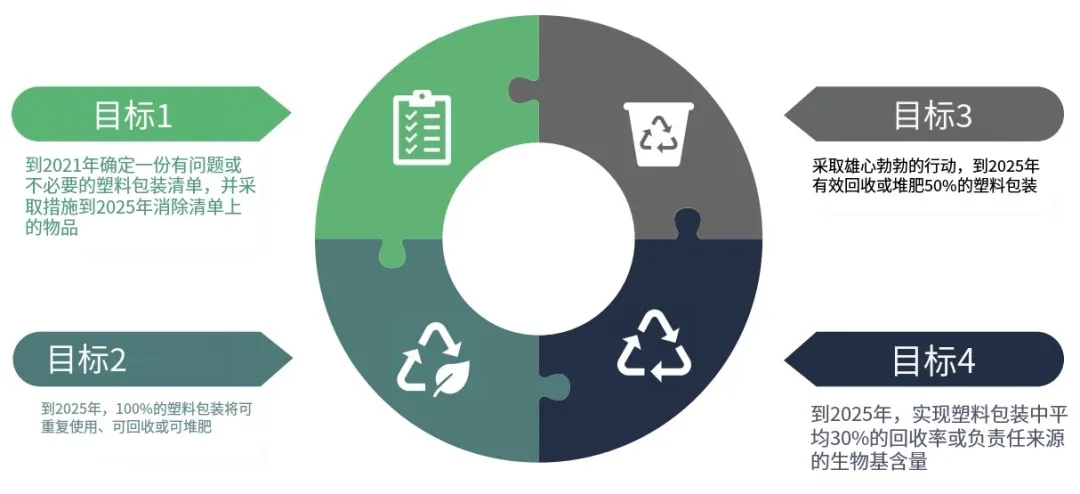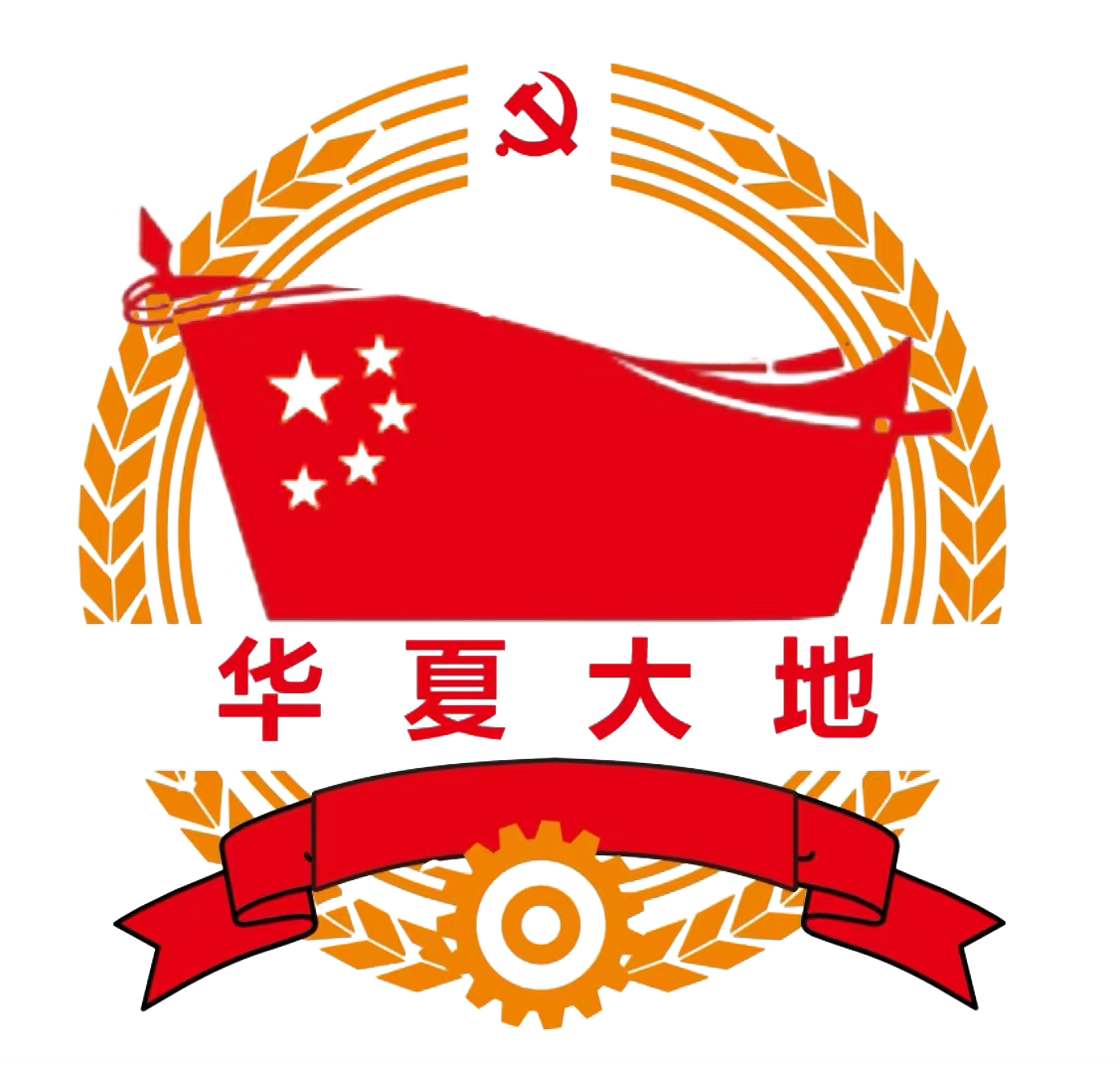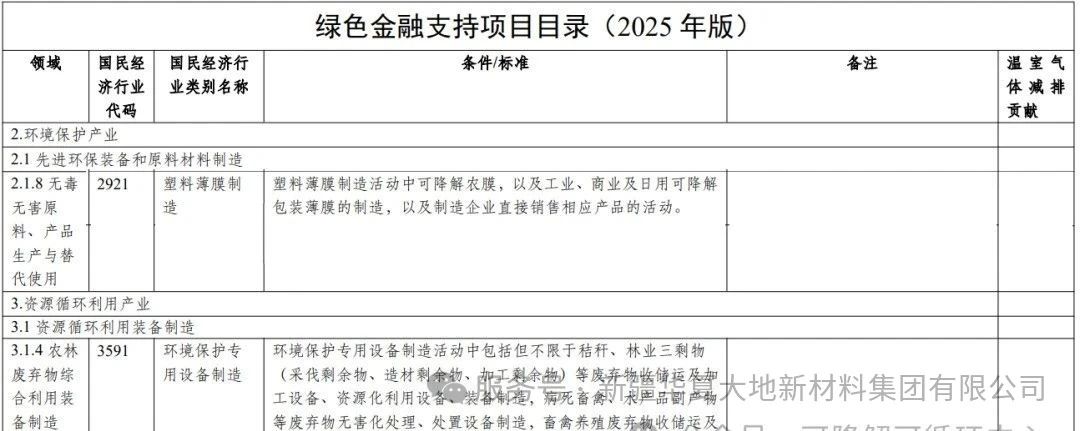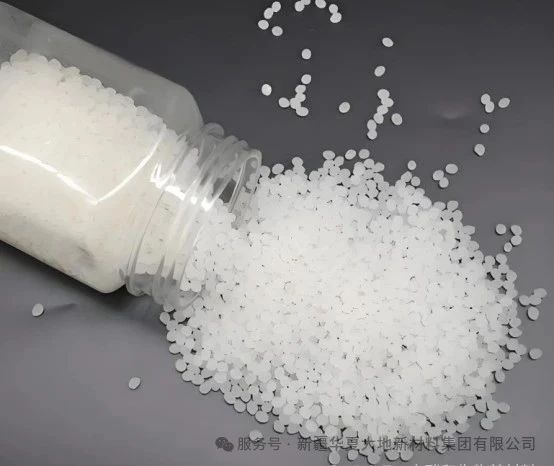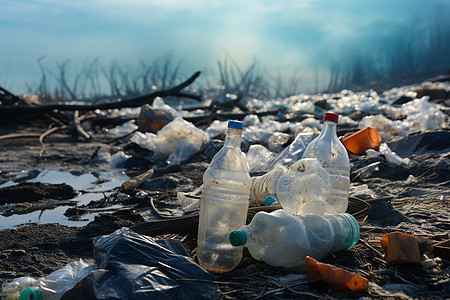The U.S. Plastics Pact released its 2023-2024 Impact Report, which highlights significant progress in the circular economy of plastics and calls for greater collaboration among industry, government, and consumers. It also highlighted the urgency of unifying federal action, public-private partnerships, and individual responsibility in addressing the complexity of plastic sustainability.
1. Progress has been made in three areas
The report shows the progress Pact is making in changing the way plastics are designed, used and reused.
Eliminating problematic plastics: 22% of members do not sell any items from the list of problematic and unnecessary materials, and progress is expected to continue through 2025.
Advanced recycling design: With increased recyclability, adoption of sustainable packaging has increased from 36% to 50% in 2021.
Increasing recycling content: Its members have also increased the amount of recycled content in packaging to 11%, moving towards a target of 30% by 2025.
These achievements are in line with its 2025 goals and its recently launched Roadmap 2.0, which extends some targets to 2030 and prioritizes scalable reuse systems, the elimination of raw plastics and advanced recycling infrastructure.
2. Innovation drives change
The organization says members are providing solutions throughout the supply chain:
Convention Collective: Addressing the difficult-to-recycle packaging and plastic waste in the beauty industry, has launched NewMatter Resin, a 100% recyclable material that facilitates scalable closed-loop systems.
Eastman: Is working on molecular recycling, opening what it says is the world's largest facility of its kind in Tennessee, reducing emissions and diverting hard-to-recycle plastics from landfills.
Trioworld introduces 49ga Axis Loop film, a thinner, high-performance machine stretched film with 30 percent recyclable ingredients that reduces plastic use by 40 percent and halve carbon emissions.
Kraft Heinz has converted its Crystal Light packaging from plastic to recyclable cardboard, reducing plastic by 3 million pounds per year and moving toward its goal of reducing raw plastic use by 20 percent by 2030.
3. Federal guidance is needed
The report calls for coherent national policies to advance recycling, including standardised definitions of recycling, extended producer responsibility (EPR) schemes and updated recycling data. The agreement says federal action is critical to expanding the infrastructure needed to meet its goals.
"We can't manage what we don't measure," said Pact CEO Jonathan Quinn. Businesses and governments need clear, consistent data and coherent policies to guide investment and innovation. Federal leadership is critical to achieving a circular economy for plastics."
4. Call for shared responsibility
While noting that regulatory action is crucial, the report says that achieving a circular economy will also require collective responsibility and "bold action" :
Personal responsibility: Consumers play a vital role in making sustainable choices, such as recycling and supporting reusable packaging systems.
Public-private Partnerships: Collaboration between government and business is essential to drive cost-effective innovation and infrastructure investment.
U.S. Competitiveness: Sustainability leadership positions the United States as a global innovator while mitigating the risks associated with climate change and resource dependence.
About the American Plastics Convention
The U.S. Plastics Pact U.S. Plastics Pact is an international partnership to promote a circular economy for plastics, created by the Ellen MacArthur Foundation's New Plastics Economy Initiative. Launched in August 2020, the convention is the first plastics convention in North America, followed by Canada in 2021, and currently has 130 members.
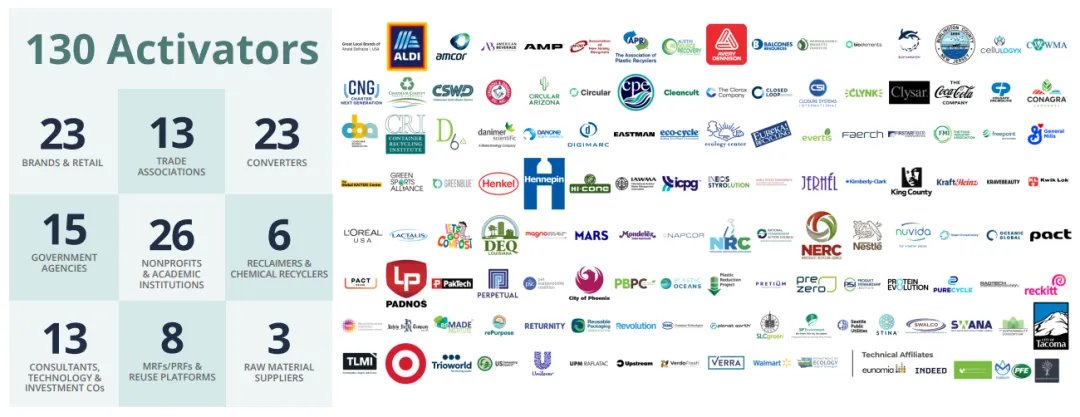 sets out four targets, including ensuring that, by 2025, an average of 30% of plastic packaging contains recyclable ingredients or biobased from reliable sources . Eliminate 11 products and materials that cannot be "reused, recycled or composted" , such as PS (polystyrene) and PVC (polyvinyl chloride) .
sets out four targets, including ensuring that, by 2025, an average of 30% of plastic packaging contains recyclable ingredients or biobased from reliable sources . Eliminate 11 products and materials that cannot be "reused, recycled or composted" , such as PS (polystyrene) and PVC (polyvinyl chloride) .